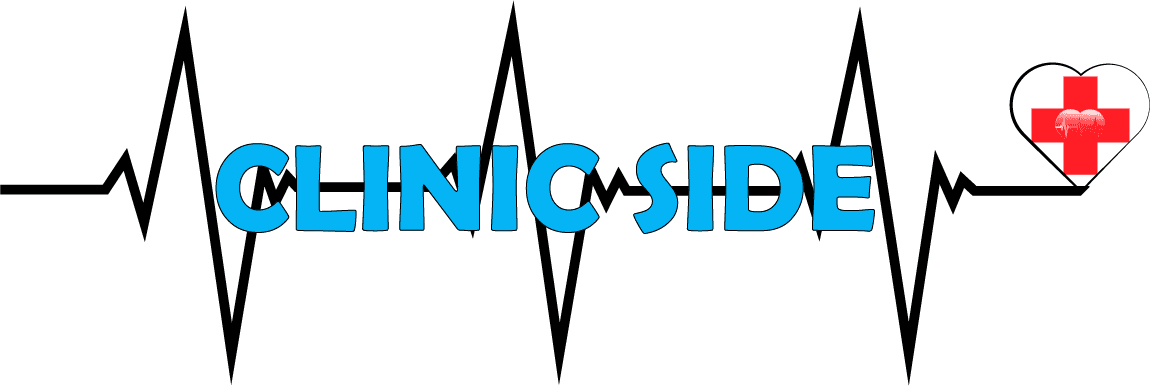Quiz
Available options: 1 to 20
Pre-Quiz Discussion On Doctor-Patient Communication:
Doctor-Patient Communication: Enhancing Healthcare Delivery
Introduction
Effective doctor-patient communication is the cornerstone of successful healthcare delivery. It encompasses a spectrum of skills, strategies, and approaches that facilitate meaningful interactions between healthcare providers and patients. This communication plays a pivotal role in diagnosis, treatment, and patient outcomes.
Importance of Effective Communication
Building Trust and Rapport
Establishing a trustworthy and empathetic relationship between doctors and patients fosters openness and cooperation. It encourages patients to share pertinent information and concerns, leading to better diagnosis and treatment plans.
Shared Decision-Making
Effective communication allows for shared decision-making, where patients are actively involved in determining their healthcare journey. It considers patient preferences, values, and understanding, enhancing treatment adherence and satisfaction.
Information Exchange
Clear and comprehensive communication ensures the exchange of relevant medical information in a way that patients comprehend. It helps in educating patients about their conditions, treatments, and preventive measures.
Key Elements of Effective Doctor-Patient Communication

Active Listening
The ability of healthcare providers to attentively listen to patients’ concerns, emotions, and preferences without interruption or bias is crucial. Active listening promotes understanding and empathy.
Empathy and Compassion
Demonstrating empathy by acknowledging and understanding patients’ emotions and concerns fosters a supportive environment and builds trust.
Clarity and Simplicity
Using plain language and avoiding medical jargon assists patients in comprehending complex medical information easily.
Respect for Patient Autonomy
Respecting patients’ autonomy in decision-making empowers them and honors their rights to choose among available treatment options.
Cultural Sensitivity
Understanding and respecting cultural differences ensures effective communication across diverse patient populations.
Strategies for Improving Doctor-Patient Communication:
Communication Training
Healthcare professionals can benefit from specialized training programs focusing on communication skills, empathy, and cultural competency.
Utilization of Communication Tools
Adopting communication tools like the ‘SBAR’ framework or ‘HEART’ mnemonic aids in structured and effective communication among healthcare professionals and patients.
Telemedicine Adaptations
In virtual healthcare settings, ensuring technological ease and maintaining patient privacy and confidentiality are essential for effective communication.
Summary:
Enhancing doctor-patient communication is an ongoing process vital for delivering patient-centered care. It requires a blend of empathetic listening, clear information delivery, cultural competence, and patient engagement strategies to optimize healthcare outcomes and patient satisfaction.
Test Guidelines and Time Limit:
Guidelines for Maximizing Your Quiz Experience:
Read and Understand:
Carefully read each question related to Doctor-Patient Communication and ensure you have a clear understanding of the concepts before selecting your answer. This will help you make informed choices and avoid misconceptions.
Choose the Best Answer:
Evaluate all available options before selecting the one that aligns best with your knowledge of Doctor-Patient Communication. Strive for accuracy and relevance in your responses.
Time Management:
The quiz has a time limit based on the number of questions you choose. Allocate 45 seconds per question. Manage your time wisely to complete all questions within the allotted time.
Efficient time management increases your likelihood of successfully completing the quiz and submitting your answers within the designated timeframe. Best of luck!






